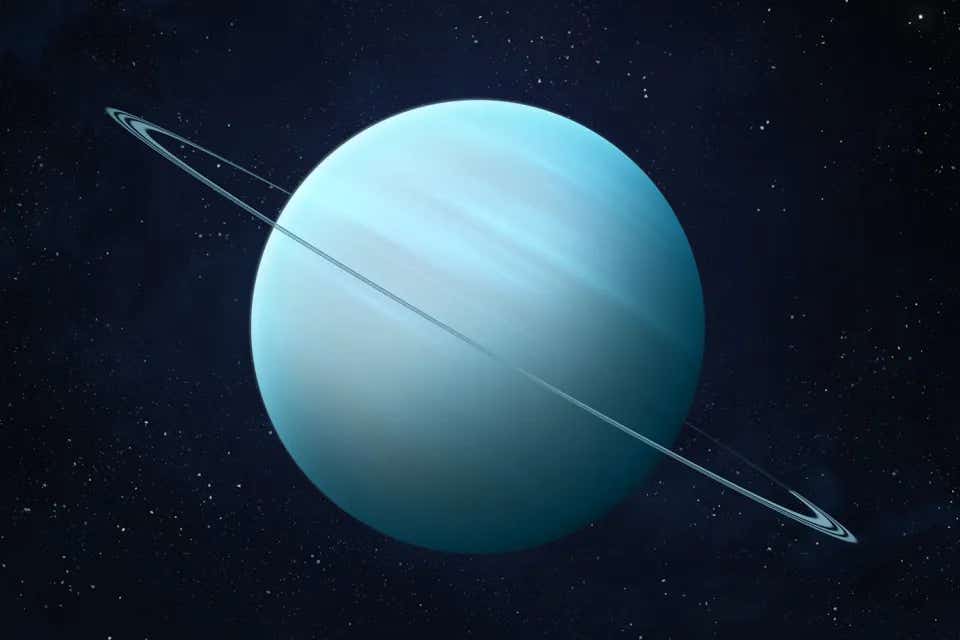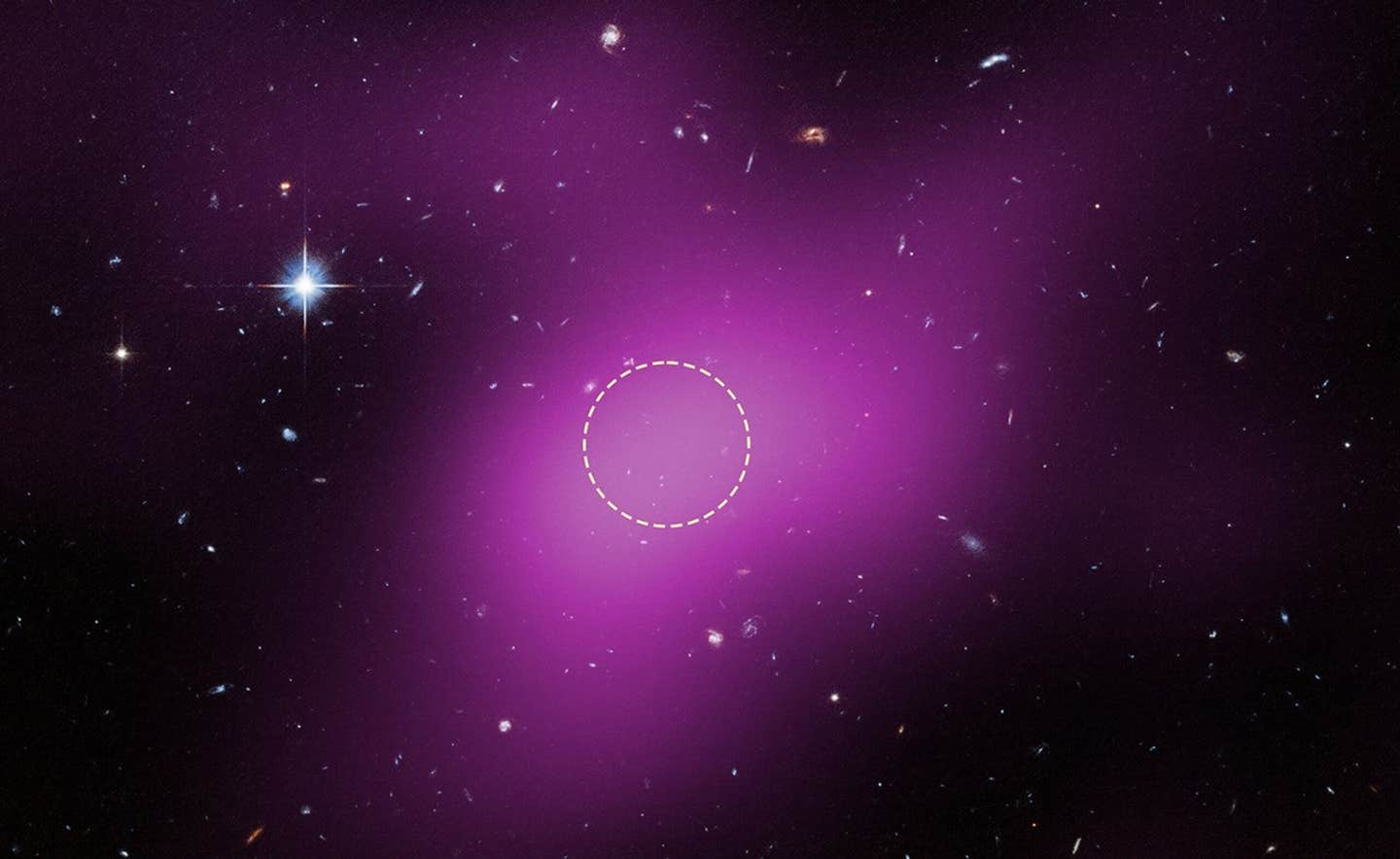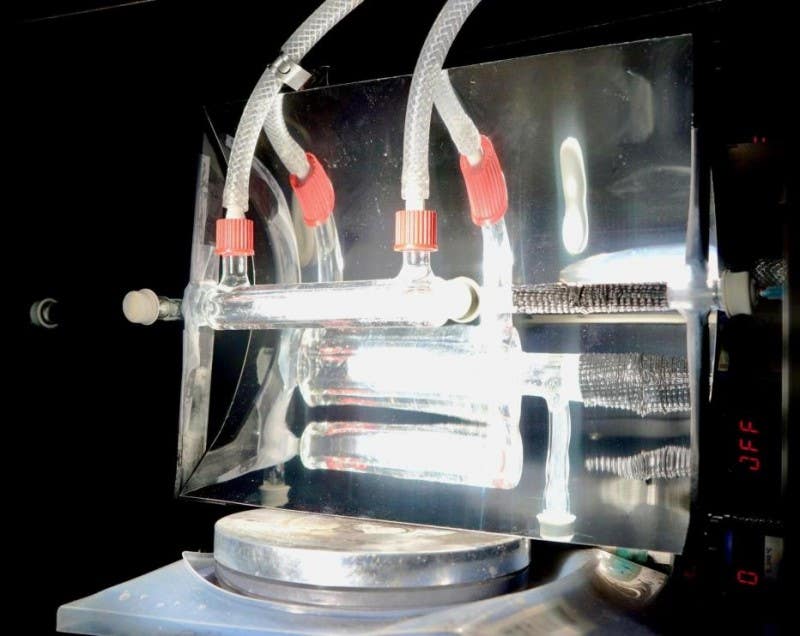James Webb Telescope finds hidden moon orbiting Uranus
NASA’s Webb Telescope has found a hidden Uranus moon, expanding the planet’s known satellites to 29 and revealing new mysteries.

First identified in 1781 by astronomer Frederick William Herschel, Uranus, the seventh planet, orbits the Sun at a staggering distance of 1.8 billion miles (2.9 billion kilometers). (CREDIT: NASA/JPL)
NASA’s James Webb Space Telescope has uncovered a small moon quietly circling Uranus, a world already known for its unusual tilt, faint rings, and puzzling family of satellites. The discovery, announced by researchers at the Southwest Research Institute (SwRI), raises the tally of Uranus’ moons to 29.
A Discovery Four Decades in the Making
The moon, temporarily called S/2025 U1, was spotted on February 2, 2025, in a set of ten long-exposure images taken with Webb’s Near-Infrared Camera. Each image required forty minutes of exposure to capture enough light from the distant planet and its surroundings.
“This object was spotted in a series of 10 40-minute long-exposure images captured by the Near-Infrared Camera,” said Maryame El Moutamid of SwRI’s Solar System Science and Exploration Division in Boulder, Colorado. “It’s a small moon but a significant discovery, which is something that even NASA’s Voyager 2 spacecraft didn’t see during its flyby nearly 40 years ago.”
Voyager 2, the only spacecraft to visit Uranus up close, passed by on January 24, 1986. While it transformed scientists’ understanding of the icy giant, its instruments were not sensitive enough to detect such a tiny object.
A Moon Hiding in Plain Sight
At only six miles (10 kilometers) in diameter, the new moon is tiny compared with Uranus’ five largest satellites—Miranda, Ariel, Umbriel, Titania, and Oberon. Its size and low brightness made it virtually invisible to earlier telescopes. Researchers estimate that the small world reflects light in a way similar to Uranus’ other inner moons, which explains why it has been hiding within the planet’s crowded ring system for so long.
Located about 35,000 miles (56,000 kilometers) from Uranus’ center, the moon sits neatly between the orbits of Ophelia and Bianca. Its nearly circular path suggests it may have formed right where it is today, rather than being captured later. This places it among the 14 inner moons that orbit closer to Uranus than the larger and more distant satellites.
Related Stories
- Researchers solve the mystery of Uranus and Neptune's Magnetic Fields
- Scientists discover an ocean on Uranus’s moon Miranda
“No other planet has as many small inner moons as Uranus, and their complex inter-relationships with the rings hint at a chaotic history that blurs the boundary between a ring system and a system of moons,” explained Matthew Tiscareno, a senior research scientist at the SETI Institute and part of the discovery team. He added that the new find is even smaller and dimmer than Uranus’ faintest known moons, suggesting more undiscovered objects may still lurk nearby.
For now, the moon carries a temporary designation, but the International Astronomical Union (IAU) will eventually assign it a permanent name. Tradition dictates that all Uranian moons be named after characters from the works of William Shakespeare or Alexander Pope, so S/2025 U1 will eventually join siblings like Titania, Oberon, and Ophelia in carrying a literary title.
Webb’s Expanding Reach
The discovery highlights the extraordinary capability of the James Webb Space Telescope, which is best known for peering at galaxies billions of light-years away. But the telescope’s infrared sensitivity also makes it a powerful tool for studying faint, distant objects within our own solar system.
“Through this and other programs, Webb is providing a new eye on the outer solar system,” El Moutamid said. She noted that the finding was made as part of Webb’s General Observer program, which allows scientists around the world to propose projects that use the telescope’s cutting-edge instruments.
This achievement builds on the legacy of past missions. “Looking forward, the discovery of this moon underscores how modern astronomy continues to build upon the legacy of missions like Voyager 2,” El Moutamid added. “Now, nearly four decades later, the James Webb Space Telescope is pushing that frontier even farther.”
Uranus: The Icy Giant with Secrets Still to Tell
Uranus itself remains one of the least-studied planets in the solar system. First identified in 1781 by astronomer Frederick William Herschel, the seventh planet orbits the Sun at a staggering distance of 1.8 billion miles (2.9 billion kilometers). That’s nearly 20 times farther from the Sun than Earth.
Despite its size—it’s four times wider than Earth—Uranus often appears as a faint, featureless sphere in most telescopes. Its pale blue-green color comes from methane gas in its atmosphere, while its narrow and dark rings reveal a complicated past. The discovery of yet another moon adds more evidence that Uranus’ environment is dynamic and perhaps even unstable.
Practical Implications of the Research
This discovery shows how much remains hidden in the solar system, even close to home. Finding such a small moon suggests that Uranus may host more unseen objects, which could reshape scientists’ understanding of how moons and rings interact and evolve.
For future planetary missions, knowing the exact number and location of moons is critical for navigation and safety. Beyond exploration, these discoveries expand humanity’s knowledge of how planets and satellites form, which in turn deepens our understanding of Earth’s own history.
Moons Around Each Planet (as of 2025)
Using the latest figures from NASA, here are the current number of moons known to exist around each planet in our solar system:
- Mercury: 0 moons
- Venus: 0 moons
- Earth: 1 Moon (the well-known “Moon”) — Earth is surrounded by a fascinating array of celestial companions: seven quasi-moons, an indeterminate number of minimoons, and potentially two elusive ghost moons.
- Mars: 2 moons — Phobos and Deimos remain the only two, both long known.
- Jupiter: 97 confirmed moons — The massive Galilean moons stand out; the latest additions are tiny irregulars designated S/2017 J 10 and J 11 confirmed in 2025.
- Saturn: 274 moons— Titan, Enceladus, and Iapetus top the list; in 2025, 128 faint moons were added in one go!
- Uranus: 29 confirmed moons— Its five large moons hold sway; most recent is S/2025 U 1, detected by JWST.
- Neptune: 16 known moons— Triton dominates; the latest discovery is S/2021 N 1, a distant irregular moon.
Note: The article above provided above by The Brighter Side of News.
Like these kind of feel good stories? Get The Brighter Side of News' newsletter.



